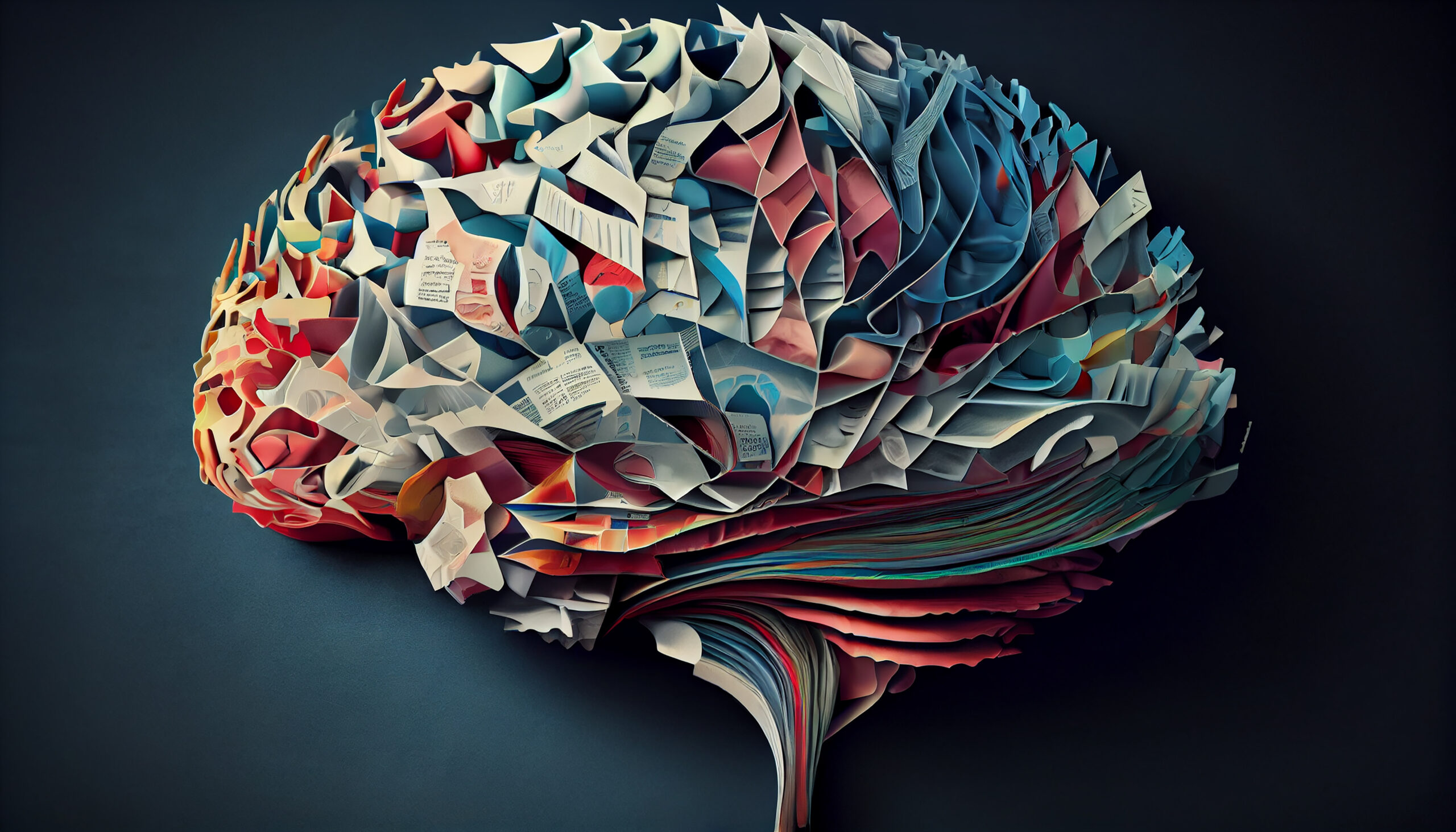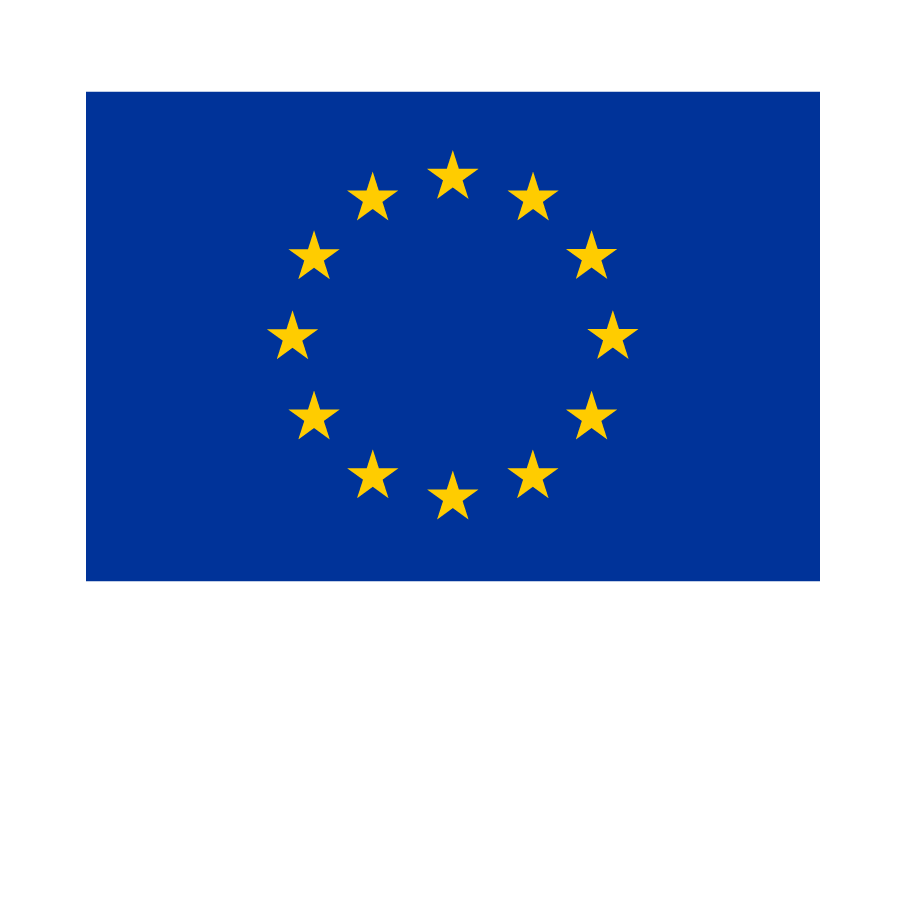Rapid technological progress, together with recent circumstances such as the CoViD-19
pandemic crisis, are accelerating an impressive technological revolution to the training and
education sector. Digitisation, remote teaching, the use of new tools and teaching aids, are
increasingly common in today’s scenario. However, very often this technological evolution is not
matched by a coherent methodological evolution. In other words, it is not certain that a proven and
well-established pedagogical/didactic method remains equally valid and effective regardless of the
tools used. An obvious practical example can be the student’s attention span in relation to online
lessons: traditionally, face-to-face lessons are organised in one or more modules of about 1 hour,
during which the student has been shown to be able to remain focused and engaged. But it has been
proven that distance promotes disengagement, so are we sure that the same lesson can be delivered
at a distance without any modification, because the student will remain equally focused?
It therefore becomes crucial to evaluate the student experience, in order to design a new
education system that is “student-centred”, borrowing the concept of user-centred design from the
industrial sector.
In this scenario, new forefront opportunities are provided by the field of neuroscience.
Neuroscience is the scientific study of the nervous system, its functions and disorders. The
understanding of the biological basis of learning, memory, behavior, perception, and consciousness
has been described by Eric Kandel as the “epic challenge” of the biological sciences [1]. With its
cognitive/behavioural branch, neuroscience has been deploying in these yearspowerful new
measurement techniques such as neuroimaging (Electroencephalography and functional Near-
InfraRed Spectroscopy for brain activity, Photopletismography for heart activity, etc.) to address
questions such as “how cognition and emotion are mapped to specific neural substrates”, and
“which is their impact on the resulting behaviour”.
Therefore, the scientific community is nowadays employing new tools and methodologies
provided by neuroscientific disciplines to assess the students’ experience from a psychological and
cognitive point of view, and therefore to investigate which are the differences between distinct
teaching tools and modalities. The rationale is to employ neuromonitoring devices, i.e. systems for
recording students’ brain activity, heart activity, skin sweating, and to obtain aggregate and
synthetic indicators, i.e. the neurometrics, of cognitive phenomena relevant for the field, such as
student’s attention, workload, engagement and stress.
Until a few years ago this approach was still limited to laboratory research due to the
invasiveness of such systems, the restrictions they imposed, and their interference with the natural
user’s behaviour. But the recent technological progress and the establishment of wearable sensing
technology now enables new opportunities for conducting low invasive studies in real settings, as
the SOULSS project aims to do.
[1] Kandel, Eric R., et al., eds. Principles of neural science. Vol. 4. New York: McGraw-hill, 2000.

